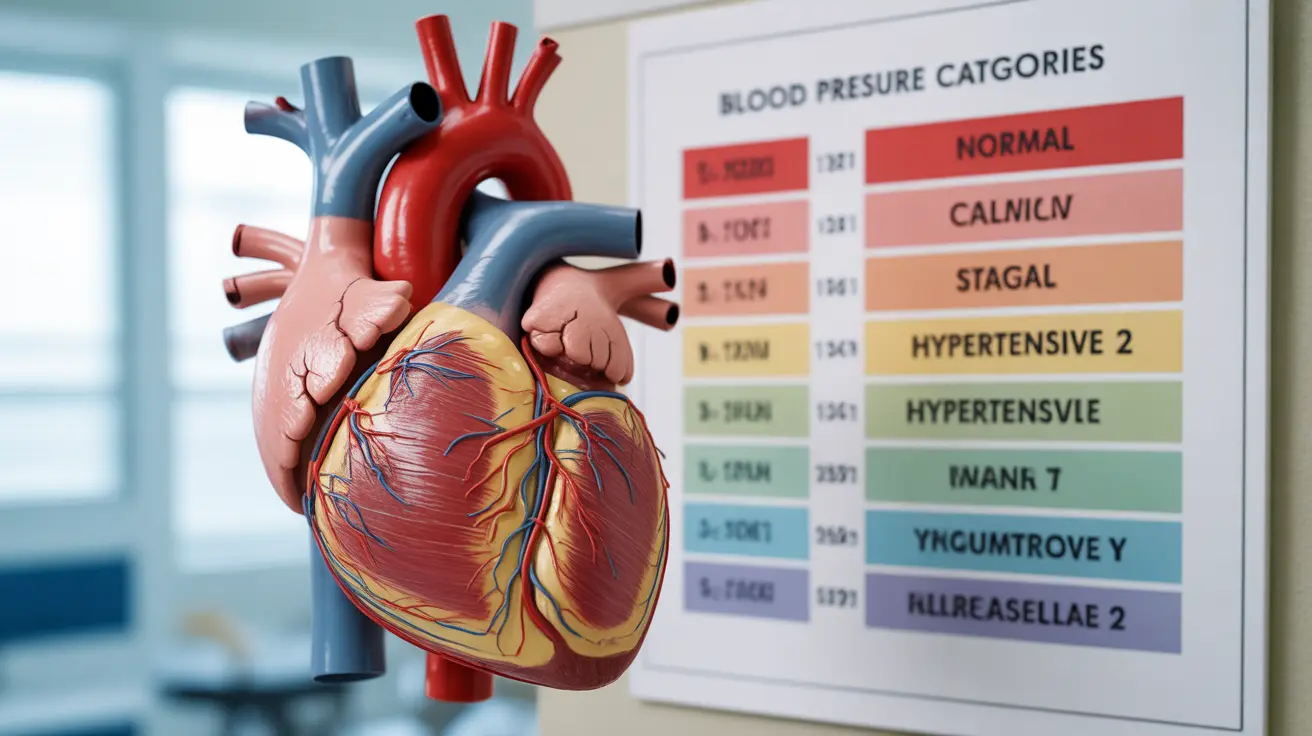When blood pressure reaches dangerous levels, it can significantly increase the risk of experiencing a stroke. Understanding what constitutes stroke-level blood pressure and recognizing the warning signs could potentially save your life or someone else's. This comprehensive guide explores the critical blood pressure readings that indicate a hypertensive crisis and what actions you should take.
What Defines Stroke-Level Blood Pressure?
Stroke-level blood pressure, also known as a hypertensive crisis, occurs when blood pressure readings exceed 180/120 millimeters of mercury (mm Hg). At this dangerous level, blood vessels are under extreme pressure, significantly increasing the risk of a stroke or other life-threatening complications. This condition requires immediate emergency medical attention.
Understanding Blood Pressure Categories
To better understand stroke-level blood pressure, it's important to know the different blood pressure categories:
- Normal: Less than 120/80 mm Hg
- Elevated: 120-129/less than 80 mm Hg
- Stage 1 Hypertension: 130-139/80-89 mm Hg
- Stage 2 Hypertension: 140/90 mm Hg or higher
- Hypertensive Crisis (Stroke Level): Higher than 180/120 mm Hg
Warning Signs of Stroke-Level Blood Pressure
Recognizing the symptoms of dangerously high blood pressure is crucial for seeking timely medical intervention. Common warning signs include:
- Severe headache
- Chest pain
- Shortness of breath
- Vision changes
- Nosebleeds
- Severe anxiety
- Confusion or altered mental state
- Blood spots in the eyes
The Connection Between High Blood Pressure and Stroke Risk
High blood pressure can damage blood vessels throughout the body, including those in the brain. When blood pressure reaches stroke level, it can lead to two types of stroke:
Ischemic Stroke
Extremely high blood pressure can cause blood clots to form or trigger the release of existing clots, blocking blood flow to the brain.
Hemorrhagic Stroke
Sustained high blood pressure can weaken blood vessels, potentially causing them to burst and leak blood into the brain tissue.
Emergency Response to Stroke-Level Blood Pressure
If you or someone else experiences blood pressure readings above 180/120 mm Hg, take these immediate steps:
- Call emergency services (911) immediately
- Remain calm and seated or lying down
- Take prescribed blood pressure medication if available
- Monitor blood pressure readings if possible
- Wait for emergency medical assistance to arrive
Prevention Strategies
Preventing blood pressure from reaching stroke level involves several lifestyle modifications and medical interventions:
- Regular blood pressure monitoring
- Taking prescribed medications as directed
- Maintaining a healthy weight
- Following a heart-healthy diet
- Limiting sodium intake
- Regular physical activity
- Stress management
- Avoiding excessive alcohol consumption
- Quitting smoking
Frequently Asked Questions
- What blood pressure reading is considered stroke level and requires emergency medical attention?
Blood pressure readings above 180/120 mm Hg are considered stroke level and require immediate emergency medical attention. This is classified as a hypertensive crisis and poses an immediate risk to life.
- What symptoms indicate that blood pressure has reached a dangerously high, stroke-level crisis?
Symptoms of stroke-level blood pressure include severe headache, chest pain, shortness of breath, vision changes, confusion, severe anxiety, nosebleeds, and blood spots in the eyes.
- How does high blood pressure increase the risk of having a stroke?
High blood pressure damages blood vessels throughout the body, including in the brain. It can cause blood clots to form, leading to ischemic strokes, or weaken blood vessels, potentially causing hemorrhagic strokes through vessel rupture.
- What should I do if my blood pressure reaches stroke-level readings above 180/120 mm Hg?
If blood pressure reaches stroke level, call 911 immediately, stay calm, take any prescribed blood pressure medication, and wait for emergency medical assistance. Do not attempt to drive yourself to the hospital.
- How can I prevent my blood pressure from reaching stroke-level and reduce stroke risk?
Prevent stroke-level blood pressure by monitoring readings regularly, taking prescribed medications, maintaining a healthy lifestyle through proper diet and exercise, managing stress, limiting alcohol intake, and quitting smoking.




